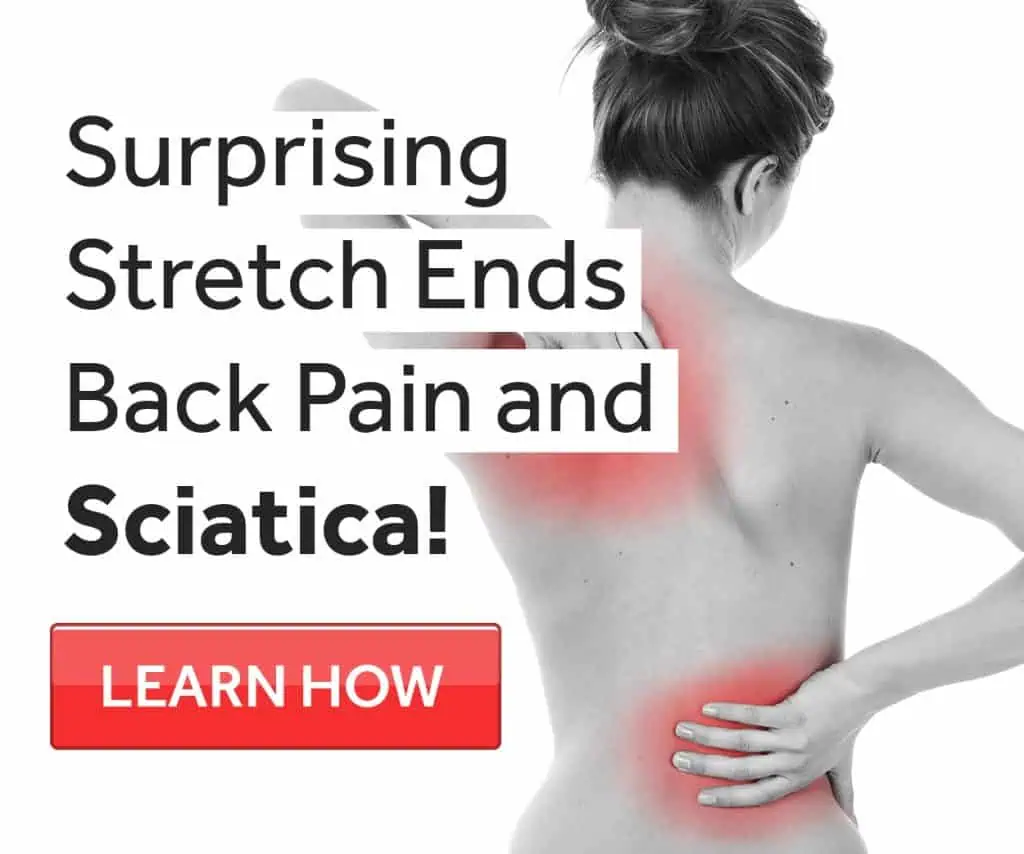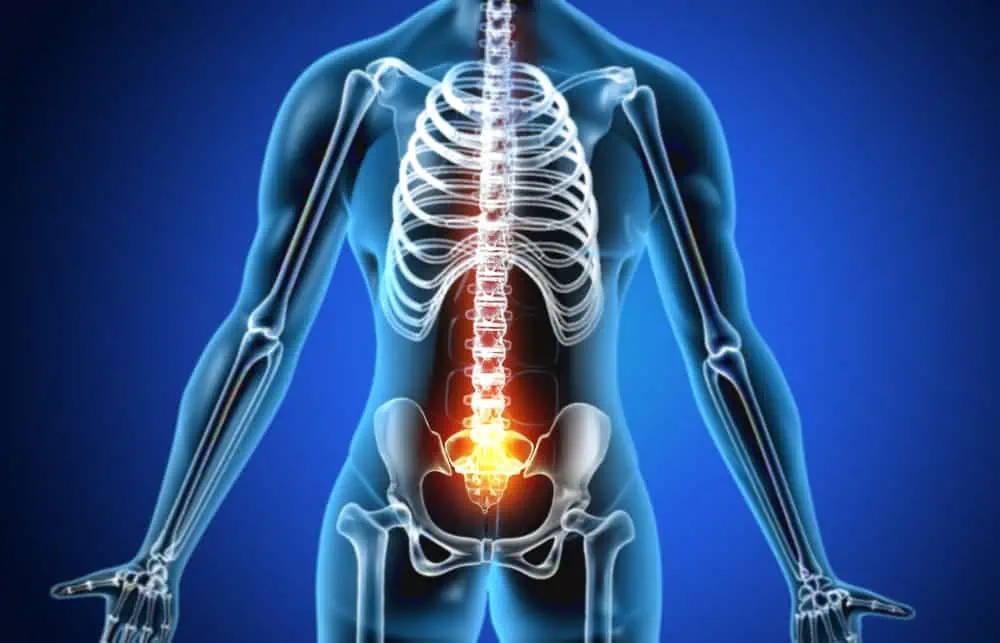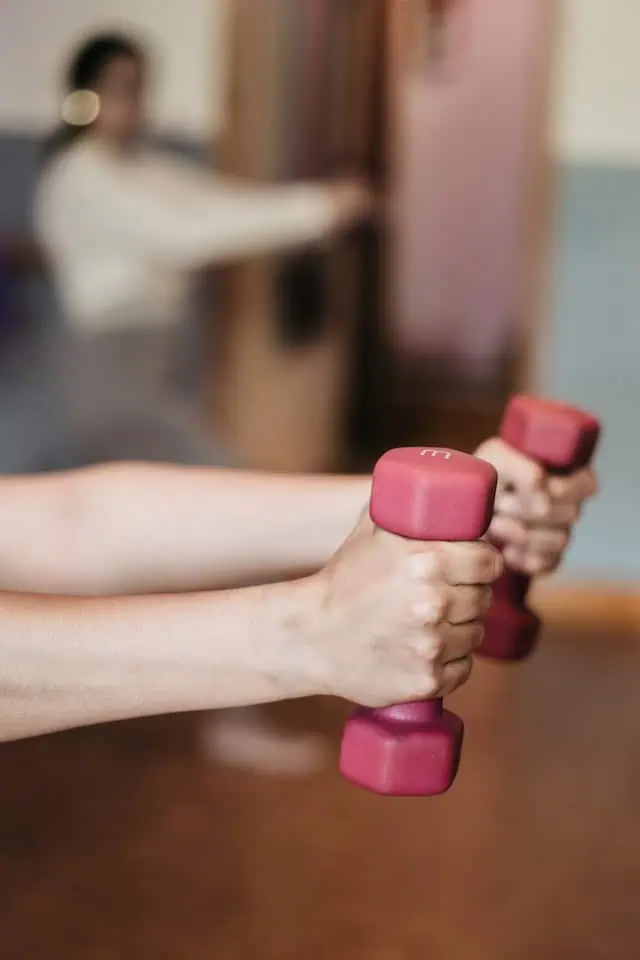1. Ice, Ice, Ice
To help reduce inflammation, use ice to relieve pain in the first 48 hours following an injury. Ice can be applied for 20 minutes on, 20 minutes off.
After 48 hours you can try alternating between ice and heat. Again, stick with the 20 minutes on, 20 minutes off approach.
Alternating ice and heat is a great way to help reduce inflammation and regain range of motion.
2. Keep Moving
You might think that lying on the couch will help you relieve your back pain, but the truth is you should keep moving.
Your body was designed to be in motion, so a reduction in motion, even for a few days, can be counter-productive leading to increased pain. You can certainly take it easy, but don’t stop moving altogether.
Healthy Tips: An easy walk and light stretches may also help relieve back pain.
3. Stay Strong
The best way to avoid back pain is to ensure that the muscles in your back and the muscles that support your back are healthy and strong.
Doing strengthening exercises regularly for the abdominal, hip and pelvic muscles will not only help improve your posture, but they will also help protect your back.
Healthy Tips: Put together a weekly program to help keep you on track.
4. Stretch to Stay Loose
Many people underestimate the benefits of stretching. Stretching helps improve flexibility and also helps our muscles stay healthy.
If you sit at a computer all day, be sure to get up and stretch every 20-30 minutes. If you are standing for long periods, be sure to give yourself a break by bending forward and to the sides to a comfortable stretching position.
Healthy Tips: If you stand for long periods, make sure you have supportive shoes.
5. Watch Your Posture
Poor posture can lead to back, neck and shoulder pain and even headaches.
Make sure you sit and stand with proper posture. In addition, always be sure to lift with proper posture and lifting technique.
Healthy Tips: Stop what you are doing periodically to check your posture.
6. Kick Off Your Heels
Did you know that high heel shoes create more tension and stress on the lower back? It is true, and all the more reason to toss aside your high heels and opt for more supportive shoes.
RShoes with less than a one inch heel are ideal to provide stable posture. If you must wear heels at work, leave them under your desk for when you need them and wear comfortable supportive shoes to, from and around the office.
Healthy Tips:Make sure all shoes, even flats, have a supportive arch.
7. Kick the Habit
Smoking can increase your risk of disease, including osteoporosis of the spine. Some studies have even shown that individuals who smoke are more likely to have back pain than individuals who do not smoke.
Research aside, healthy lifestyle choices overall can help you prevent or reduce pain and this includes taking steps to quit smoking. A healthier body means healthier muscles, joints and a healthier you!
8. Watch Your Weight
Excess body weight causes increased strain and pressure on muscles and joints of the body, which can lead to back pain.
Use a healthy diet and exercise plan to keep your weight in check to make sure your muscles and joints can function properly.
Healthy Tips: Talk to your doctor to learn healthy ways to manage weight.
DISCLAIMER:
This material is presented for informational and educational purposes only. This information does not constitute medical advice and is not intended to be a substitute for professional medical advice. You should always seek the advice of a physician or other qualified health care provider before beginning any exercise program. If you experience any pain or difficulty with these exercises, stop and consult your health care provider. WE MAKE NO WARRANTIES, EXPRESS OR IMPLIED, THAT THE INFORMATION CONTAINED IN THESE MATERIALS WILL MEET YOUR NEEDS.












